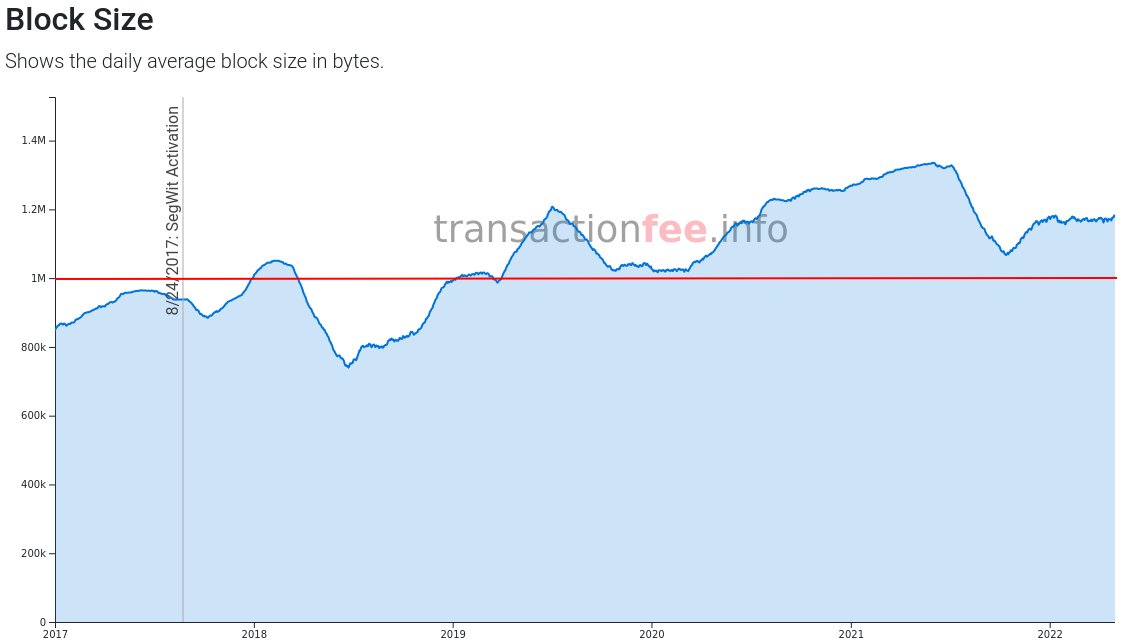
It's been a while since I asked. Were there any updates on bech32m/P2TR readiness that I missed? #bech32msupport, #P2TRsupport
Software wallets, hardware signers, web wallets, ATMs,…



Software wallets, hardware signers, web wallets, ATMs,…




Full table: en.bitcoin.it/wiki/Bech32_ad…
Update:
• Trust Wallet: sending support, P2TR not planned
• Bitaccess BTM: Working on sending support, planning P2TR
• Trust Wallet: sending support, P2TR not planned
• Bitaccess BTM: Working on sending support, planning P2TR
Update:
• @exodus_io added support for sending to bech32m addresses (via support.exodus.com/article/1480-b…)
• @exodus_io added support for sending to bech32m addresses (via support.exodus.com/article/1480-b…)

• • •
Missing some Tweet in this thread? You can try to
force a refresh
















